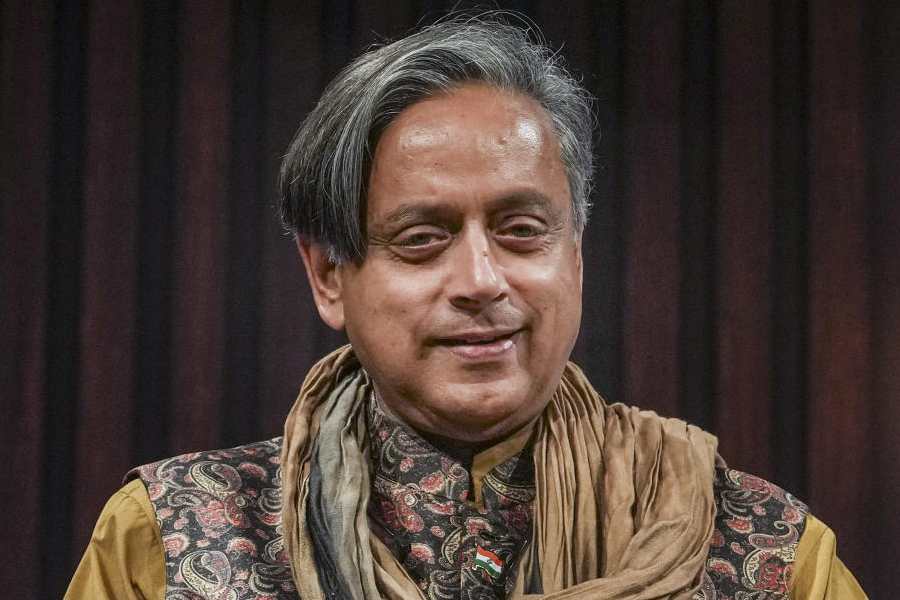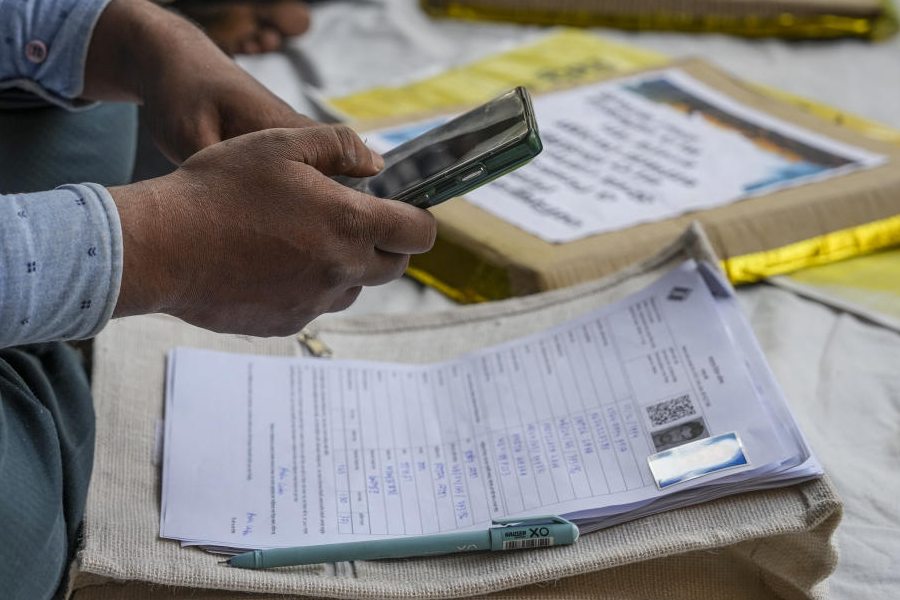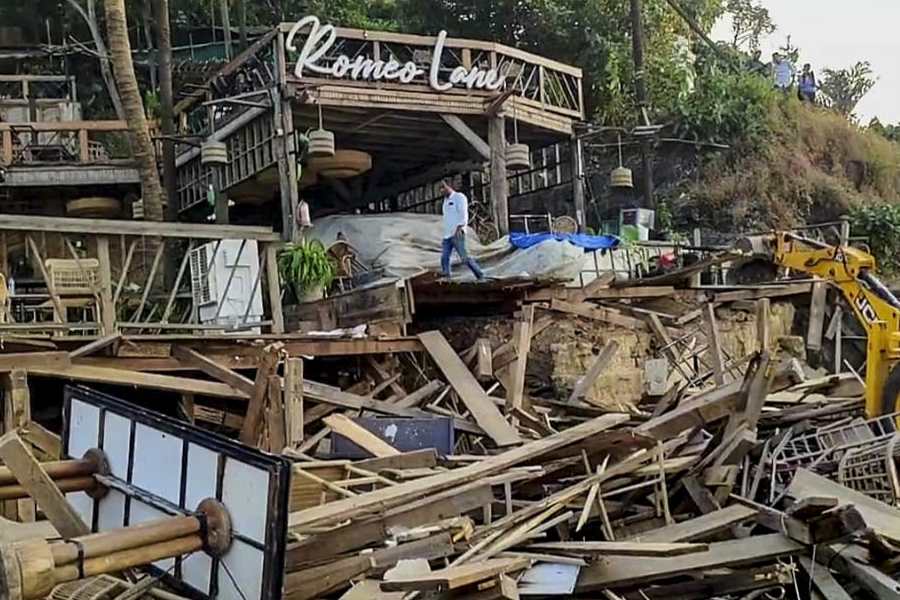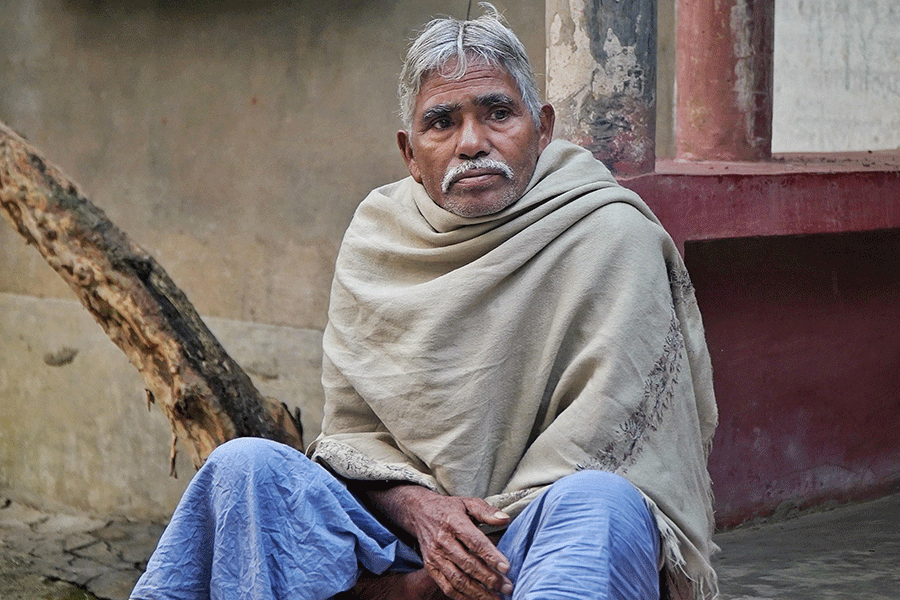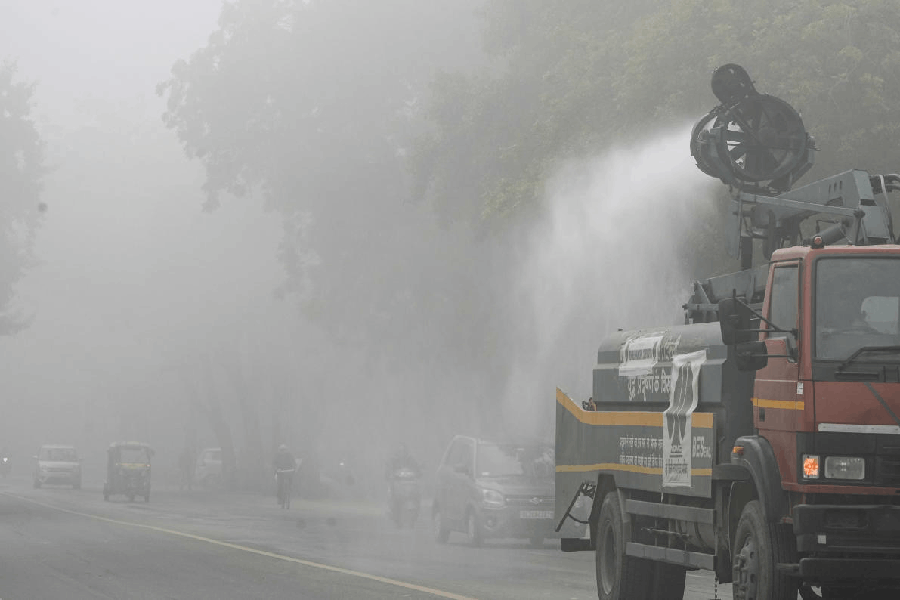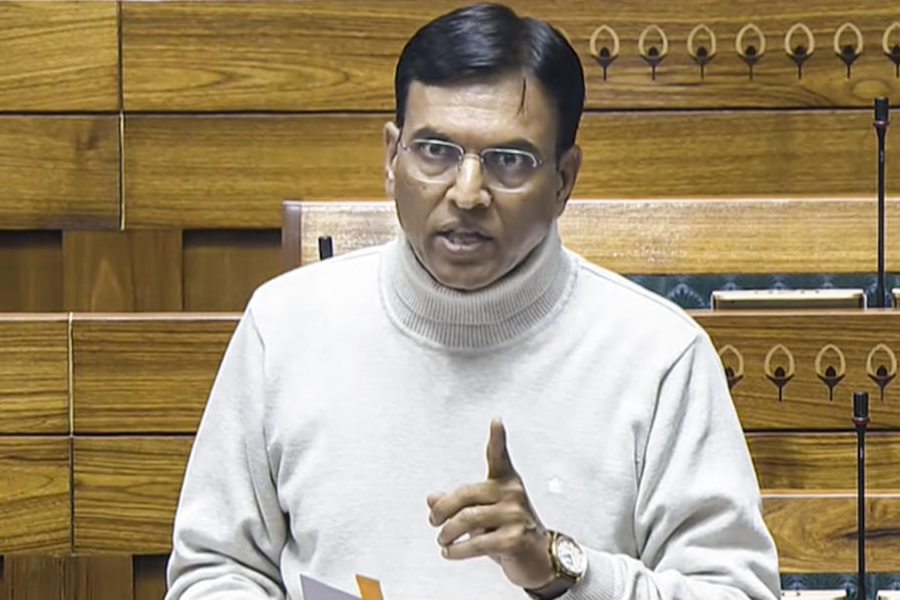.jpg)
It’s always a thrill to land on an Indian island, be it the emerald Andamans or the serene Agatti in Lakshadweep. But what makes touching down on Diu, which the Portuguese described as an “isle of calm”, so very different is that the airstrip is very close to the horseshoe-shaped Nagoa Beach with its array of resorts.
The sun-surf-sand fare apart, this Union Territory is crammed with history — from Baroque Portuguese churches to the majestic ramparts of its fort built in 1535 and maintained as an active garrison till 1960. The cannons are still strategically placed on the ramparts, the serene Arabian Sea having ferried enemies aplenty since 1509 to what is today an idyllic island retreat.
Visitors to the sprawling fort with its double moat get a picture-postcard view of the white ship-shaped Fortim-do-Mar, or Panikotha, a sea fort a few hundred metres from Diu and reachable by boat from the local jetty. Besides offering amazing seascapes, Diu’s fortress also houses a chapel.
.jpg)
The fortified frontier speaks volumes of battles past. The first battle of Diu in 1509 was enacted between Portugal and a combined force of Turkey, Egypt, Venice, the Republic of Ragusa (Dubrovnik) versus the Sultan of Gujarat, Mahmud Begada. In 1513, the Portuguese unsuccessfully tried to establish an outpost there. Diogo Lopes de Sequeira in 1521 and Nuno da Cunha in 1523 and 1531 also made attempts that failed.
In 1535, Bahadur Shah, the Sultan of Gujarat, struck an alliance with the Portuguese against Mughal Emperor Humayun and allowed the Portuguese to build the fort. Ultimately the Portuguese killed Shah and Diu remained in their possession from 1535 until 1961, when it was declared a Union Territory of India.

The island has a unique Portuguese feel even now, as a walk down old Diu reveals. The urban areas abound in typical Portuguese architecture. The Zampa Gateway, for example, is a striking red structure separating the old from the modern. Inside the wall lie narrow cobbled lanes inhabited by residents walking nonchalantly past cattle basking in bovine contentment.
Outside this fortress, Diu breathes. It has myriad beaches offering scintillating sunsets — with Nagoa and Jalandhar to the south more popular for their serene beauty. The Goptimata, Chakratirth and Ghoghla beaches are arresting sights along the Arabian Sea.

There are three Portuguese churches, with St Paul’s Church, completed in 1610, being the only one still in use. The Church of St Francis of Assisi, the first church built in Diu, in 1593, is now a hospital. The most disappointing stop is at the imposing St Thomas Church, now the Diu Museum. Other than some broken relics, generously lathered in pigeon droppings, the steep climb to its interiors is a damp squib.
Among the interesting destinations is an amphitheatre on a cliff. The adjoining INS Khukri Memorial was inaugurated in 1999 in memory of the officers and sailors who chose to go down with the warship off this very coast after a Pakistani submarine fired three torpedoes at it in the 1971 India-Pakistan war.
Nearby, an ancient Shiva temple on the Gangeswar coast caters to pilgrims and tourists by the busload. A lesser-known attraction is the huge Naida Caves. We came upon a family of stray canines here, apparently delighted by the presence of humans aside from those who frequent the secluded area and leave empty liquor bottles strewn around. Neighbouring Gujarat being a ‘dry’ state, there are visitors aplenty who seek out Diu for a fill of more than the sand and surf.

cobbled lanes within and the modern town outside
Diu’s rustic side — its fishing industry — is not to be missed because that’s the essence of island life. We headed for Vanakbara, where hundreds of gaily-festooned trawlers had just anchored with the morning catch and turned the place into a maelstrom of activity. Business is good by all indications, with one of the fishing magnates, Ramjibhai Parasmani, now the proprietor of the Radhika Beach Resort at Nagoa Beach.
A visit to Diu would be incomplete without a peek into the Sea Shell Museum, the painstaking collection from
all over the world of local resident and retired Merchant Navy officer Capt. Devjibhai Fulbaria.
Then, sated with our coastal wanderings, we drove out of Diu for a tryst with the Asiatic lions at Gir, a very different experience, just 110km away.
READY RECKONER
- How to get there: Jet Airways flies to Diu from Mumbai daily. One can also drive down to Diu through Veraval in Gujarat
- Where to stay: Hotels and guesthouses are aplenty. Radhika Beach Resort (info@radhikaresort.com) on Nagoa beach is a good option
- What to see: Diu Fort, St Paul’s Church, Naida Caves, Zampa Gateway, INS Kukri Memorial; Panikotha, Gangeswar Temple, Nagoa Beach, Ghoghla Beach, Vanakbara Fishing Village, Sea Shell Museum
Photographs by author

.jpg)
